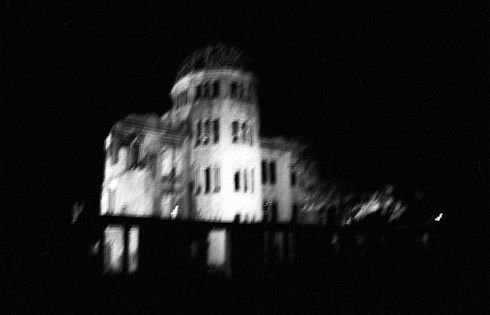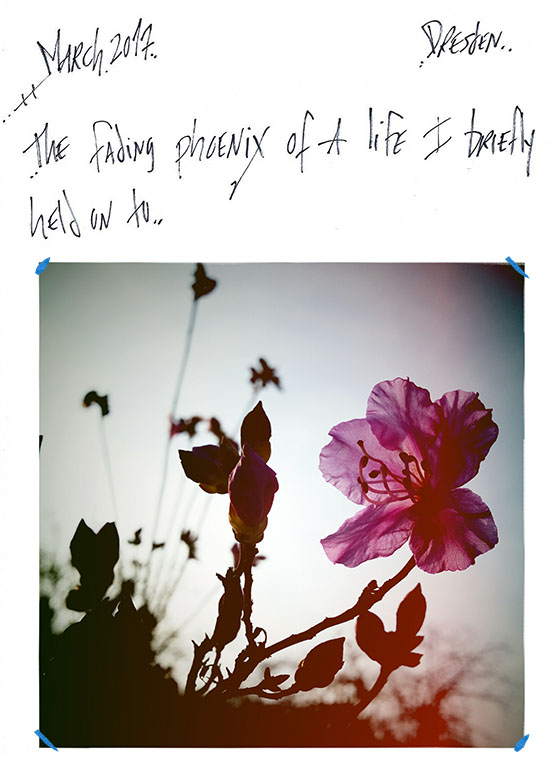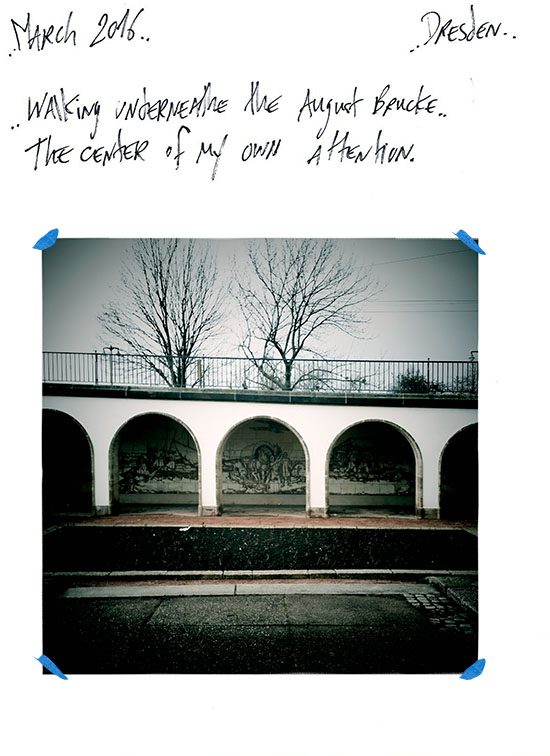..July 2017.. ..New York..
This is the link Friday night’s interview about From Above on The John Batchelor Show on WABC Radio. We cover some of my journey to Hiroshima and Nagasaki photographing atomic bomb survivors (hibakusha). The exhibition will once return to the Nagasaki Peace Memorial Hall in December 2017 and will also be shown for a limited time at the Tenri Cultural Institute in NY from August 2nd-15th.
A huge thank you to Mr. Batchelor for having me on the show again. The John Batchelor show is the highest rated radio show in New York at the 9pm time slot. Honored again to be asked back to the show!
Remaining copies of From Above, my limited edition book, featuring portraits and testimonials of atomic bomb survivors and fire bombing survivors from Dresden and Tokyo can be purchase exclusively by clicking this link.
http://www.photoeye.com/bookstore/citation.cfm?catalog=I1040&i&i2
The exhibition will be open August 2nd-15th. The gallery hours are:
Monday-Friday 12pm-6pm
Saturday 10-3pm
Closed on Sunday
www.terni.org
TENRI Cultural Institute 46 W. 13th, New York, NY.





